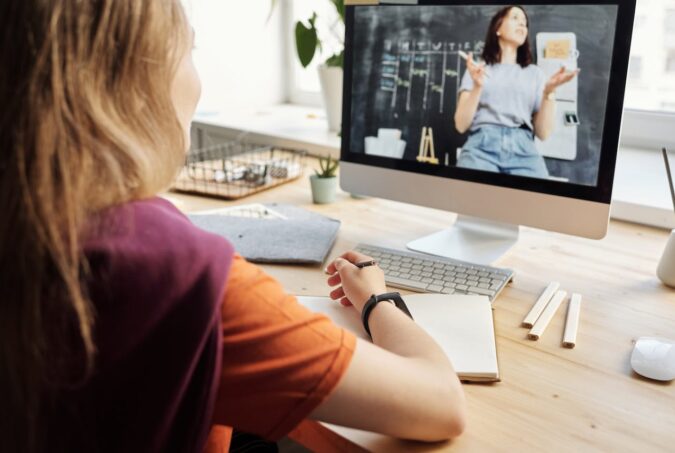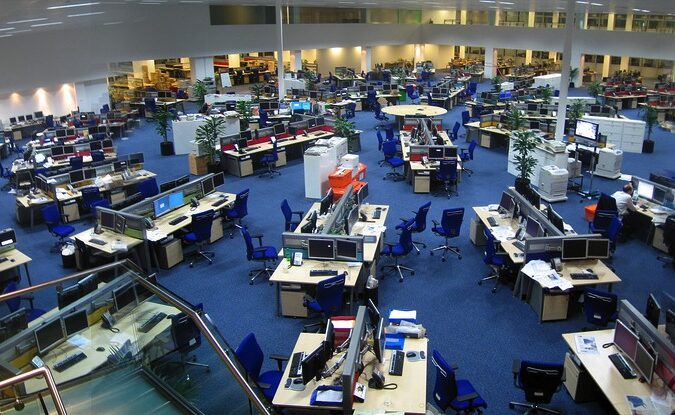
Algorithmic systems (such as those deciding mortgage applications, or sentencing decisions) can be very difficult to understand, for experts as well as the general public. Image: Ken Lane (CC BY-NC 2.0).
The EU General Data Protection Regulation (GDPR) has sparked much discussion about the “right to explanation” for the algorithm-supported decisions made about us in our everyday lives. While there’s an obvious need for transparency in the automated decisions that are increasingly being made in areas like policing, education, healthcare and recruitment, explaining how these complex algorithmic decision-making systems arrive at any particular decision is a technically challenging problem—to put it mildly. In their article “Counterfactual Explanations without Opening the Black Box: Automated Decisions and the GDPR” which is forthcoming in the Harvard Journal of Law & Technology, Sandra Wachter, Brent Mittelstadt, and Chris Russell present the concept of “unconditional counterfactual explanations” as a novel type of explanation of automated decisions that could address many of these challenges. Counterfactual explanations describe the minimum conditions that would have led to an alternative decision (e.g. a bank loan being approved), without the need to describe the full logic of the algorithm. Relying on counterfactual explanations as a means to help us act rather than merely to understand could help us gauge the scope and impact of automated decisions in our lives. They might also help bridge the gap between the interests of data subjects and data controllers, which might otherwise be a barrier to a legally binding right to explanation. We caught up with the authors to explore the role of algorithms in our everyday lives, and how a “right to explanation” for decisions might be achievable in practice: Ed: There’s a lot of discussion about algorithmic “black boxes” — where decisions are made about us, using data and algorithms about which we (and perhaps the operator) have no direct understanding. How prevalent are these systems? Sandra: Basically, every decision that can be made by a human can now be made by an algorithm, which can be a good thing. Algorithms (when we talk about artificial intelligence) are very good at spotting patterns and…









